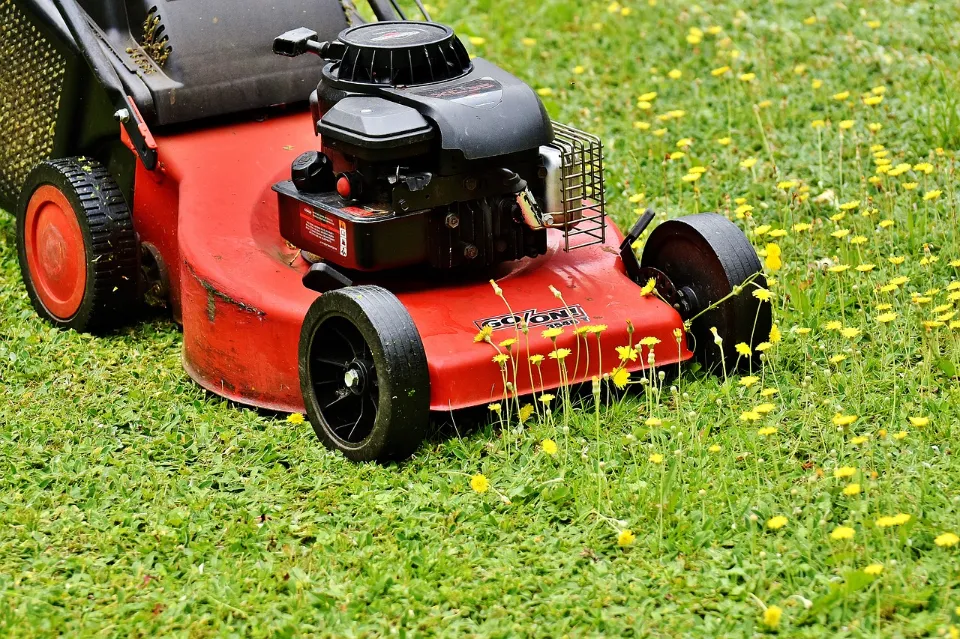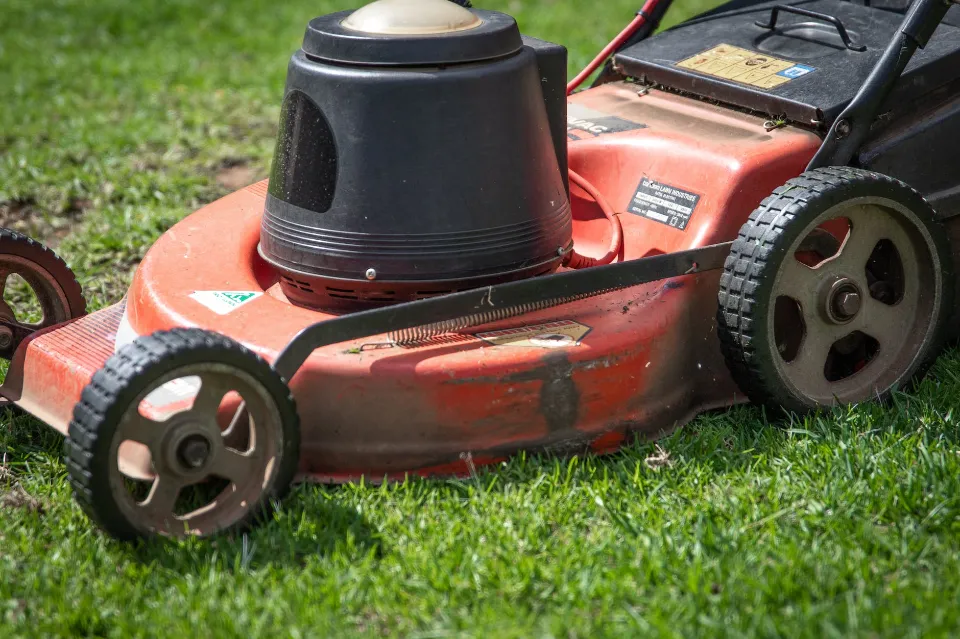Mowing is one of the best ways to maintain healthy, strong grass if you want to keep it in top condition. However, how frequently should you mow for best health?
Several variables affect how frequently to mow. For a healthy lawn, mow once per week during the growing season. Once a new lawn is actively growing, mow it similarly to an established lawn.
In this article, we’ll go over how often to mow depending on the type of grass you have and other elements that affect how often you mow.
Also Read: How Often Should You Apply Sulfur to Lawn – 2023 Guide
How Often Should You Cut Your Lawn?
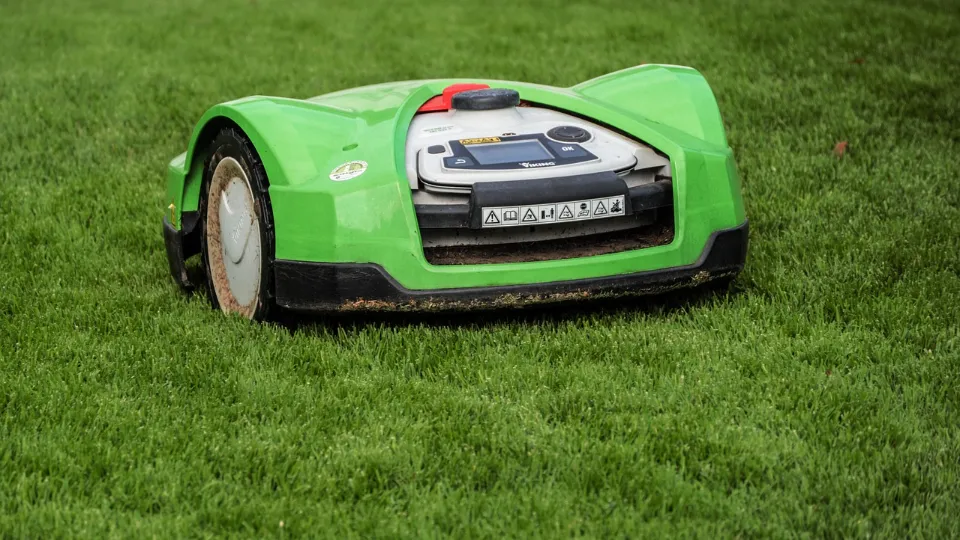
This is a question that doesn’t have a simple answer. Heat, water, and nutrients are just a few of the many variables that may affect how frequently you may need to mow your lawn, and these variables may vary depending on where you live. There are some general rules that typically hold true when it comes to cutting grass in the UK, but all of these factors will affect how quickly your grass grows and, in turn, how frequently you need to mow it.
Normally in the UK, the weather conditions during March to June mean you would only need to cut your lawn once or twice a month. But as the weather gets warmer around July time, you may want to start cutting your grass once or even twice a week to help maintain your lawn.
It is a good idea to occasionally collect grass clippings from your lawn cuttings for fertilization. You can add these clippings to the grass as needed with models like the 36V UltraStore 380R, which has a 45-litre grass collection box and is a good option for fertilization. (Read More: How Long Do Lawn Mower Batteries Last)
How Much Should I Cut
A single mow should never remove more than one-third of the grass’s total length, according to Timberline Landscaping’s lawn care specialists. The likelihood of the grass turning brown increases when an excessive amount of it is removed all at once. This happens because the lower part of the grass is shaded and almost white in color when the grass is long. When grass is cut too short, the delicate part of the blade is exposed to the sun and easily burns.
When a significant length of grass is abruptly cut off, it may become suffocated or develop mold. The accumulation of the cut blades on freshly cut grass can stunt its growth. Weeds are more likely to invade stressed or burned grass.
Keep in mind that the ideal length varies depending on the type of grass. However, if you mow properly, you can maintain a longer or shorter grass.
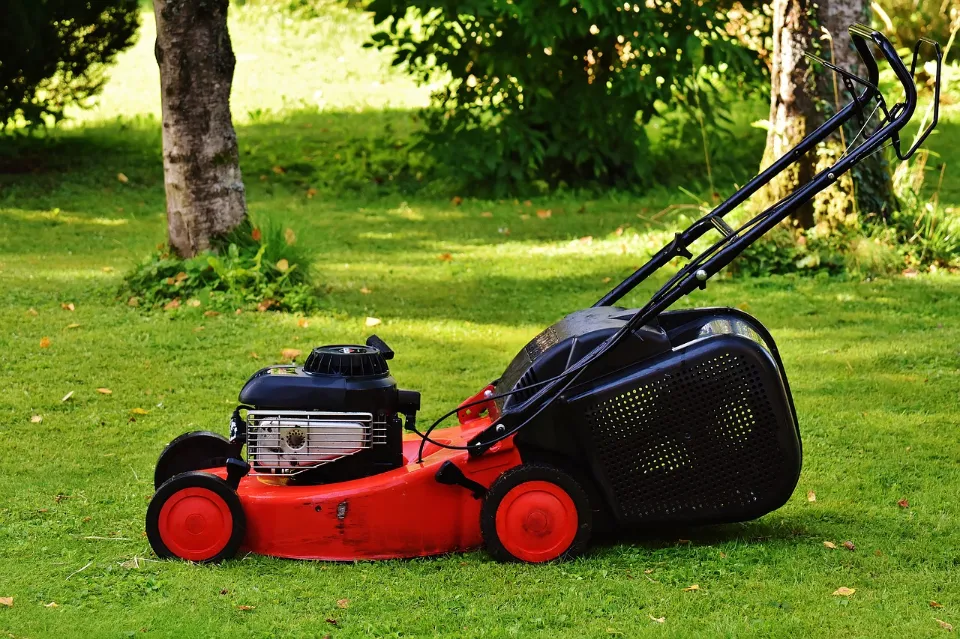
For Longer Grass:
Longer grass is easier to maintain because its roots will be more deeply ingrained and established. Make sure the grass doesn’t grow out too much. You can keep your grass long and lush by following a schedule and mowing more frequently when the grass is growing. Remember to only cut off a third of the length in one cut if you do miss a scheduled mow and let the grass grow too long. Mow more often (as much as twice per week) while lowering the mowers blades incrementally to get it back to the optimal length.
For Shorter Grass:
If you want to maintain shorter grass, you must take additional precautions. Short grass will need to be mowed often, especially in the peak growing season.
To prevent your grass from burning or going into shock, it’s crucial to gradually trim the length. Grass that is cut TOO short is undesirable, even if you take all of these precautions. Weak roots and bare patches may result. If you do accidentally cut your grass too short, water and fertilize it to encourage growth and minimize the damage. Cycle and soak irrigation can help increase water absorption and reduce evaporation.
Colorado Grass:
In Colorado Springs, Kentucky Bluegrass is the most prevalent type of lawn grass. Kentucky Bluegrass is a cool-season grass. Living in Colorado, this is most likely your lawn type.
This grass thrives at 3 ½ inches tall and should not be cut shorter than 2 ½ inches. The shorter the grass is cut, the more the roots will shrink causing the grass to be less stress-tolerant and need more water.
When to Mow
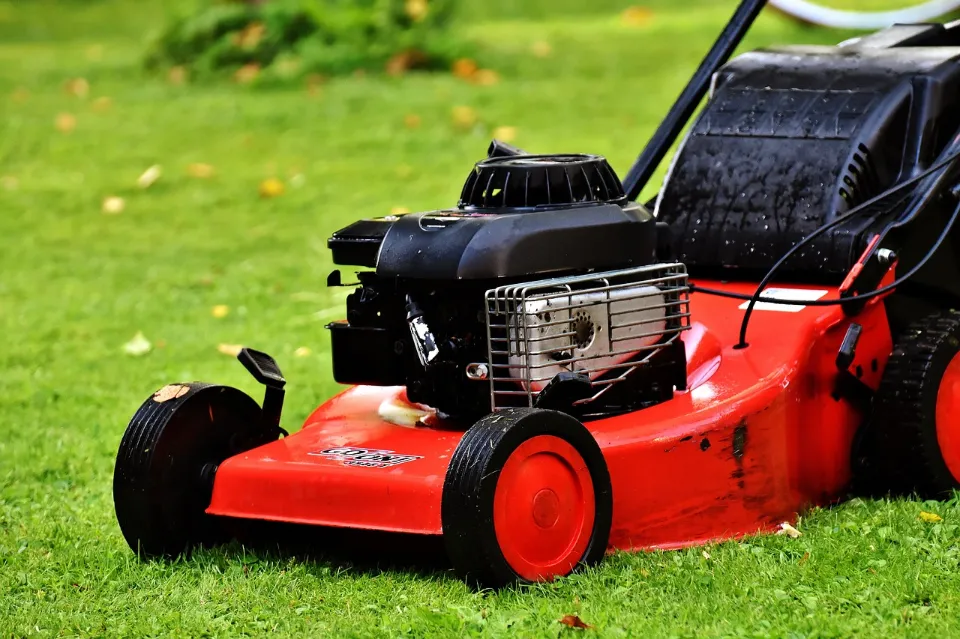
Setting aside a regular time to mow your lawn promotes healthy growth. You’ll want to mow your grass more often during its growing season with the average being about once per week depending on the type of grass.
Cool season grass’ growing season is during spring and fall. The frequency will also depend on how frequently you fertilize your lawn and how much rain or irrigation you give it. Incorporate rainfall into your schedule adjustments as well.
Because it could harm your mower and leave bare spots in your lawn, avoid mowing your lawn when it’s wet.
The First Cut of the Year
When the weather starts to get warmer, which is probably around March or April when the grass really starts to grow, the majority of people usually cut the grass for the first time. Probably the most crucial cut is the first one made during the grass-growing season. In the UK, people typically prefer short, well-kept lawns, but on the first cut of the year, many people drastically undercut the grass.
You should always abide by the one-third rule when cutting the grass. Never remove more than one-third of a grass blade at a time. Cutting the grass any more than this will stress it. Grass that turns yellow or brown can be a tell-tale sign that the grass may have been cut too short or overly stressed.
It may be necessary to cut your lawn over a number of weeks to get the desired length of grass. Once you’ve reached the preferred grass height, gradually reduce your lawn mower’s cutting height over a few weeks.
Grass is typically cut shorter than it is for residents of continental Europe. But shorter doesn’t always mean better, and the grass’s height should change seasonally.
You might only need to cut the lawn once or twice a month from March to June depending on the weather. You might need to cut the grass once or twice a week when it gets warmer, around July, to maintain the desired length.
You may need to fertilize your lawn if you regularly cut the grass and collect all the clippings. As the clippings are unable to decompose and return to the lawn, adding all their lovely nutrients back into the ground, by collecting the clippings every time you mow the lawn, you risk accidentally creating a nitrogen deficiency in the turf.
Around September or October, as fall approaches, you’ll notice that the frequency with which you mow the lawn starts to decrease as the temperature drops. Depending on the location and climate each year, these dates will change.
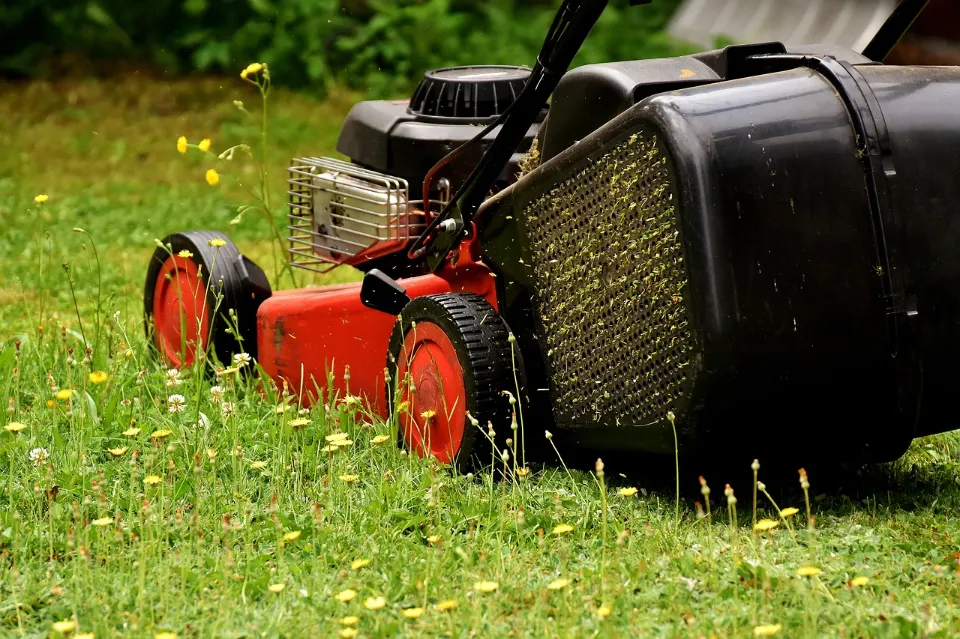
Conclusion
Cutting new grass poses its own challenges. If cut improperly, newly planted grass that was grown from seed will be much weaker than the rest of your lawn and can be easily damaged.
Try and avoid cutting new grass until it is at least 3 inches or more in length, and mow less frequently possible than the rest of your lawn. In order to avoid leaving tread marks and turning the soil, try to limit foot traffic in these areas of your lawn whenever you can. This is especially important if you’re using a wheeled lawn mower. Additionally, if your lawnmower has a roller, take it off when cutting areas of new grass.
FAQs
Can I Mow the Lawn Every 2 Weeks?
Never leave your lawn unattended for more than 10 to 14 days between cuts, regardless of the height of the mower. To stay as close to the one third rule as possible, if a lawn-mowing service is coming out every two weeks, just ask them to raise the mowing height.
Is It OK to Leave Grass Cuttings on the Lawn?
Clippings contain the same elements as the rest of your grass, such as water and the nutrients (especially nitrogen) that your lawn needs to stay healthy. Leave your lawn clippings where they are so that they can decompose and replenish the soil’s water and nutrients.
How Long is Too Long Mowing?
As a general rule, you should never cut more than a third of the length of your grass at any one time.
Is Mowing Once a Week Enough?
How frequently you must mow depends on the growth rate of the grass and the desired height of your lawn. During the growing season, mowing your lawn once a week should be sufficient to maintain its health. You can lower your frequency of cutting to every other week during the remaining time as needed.

